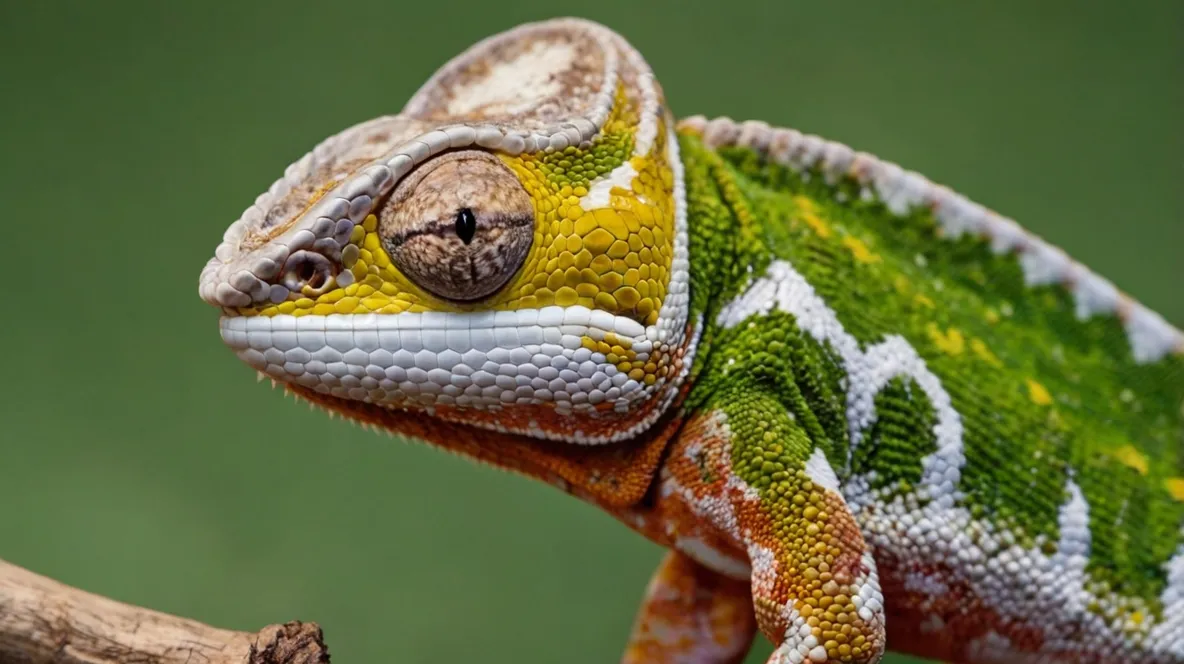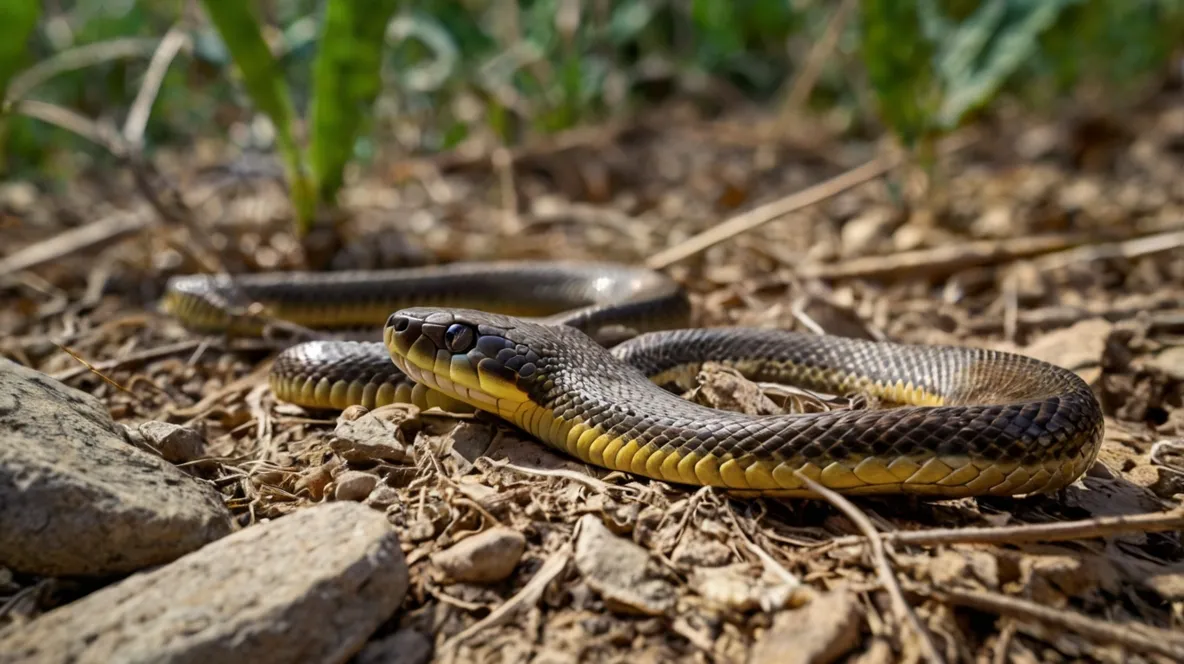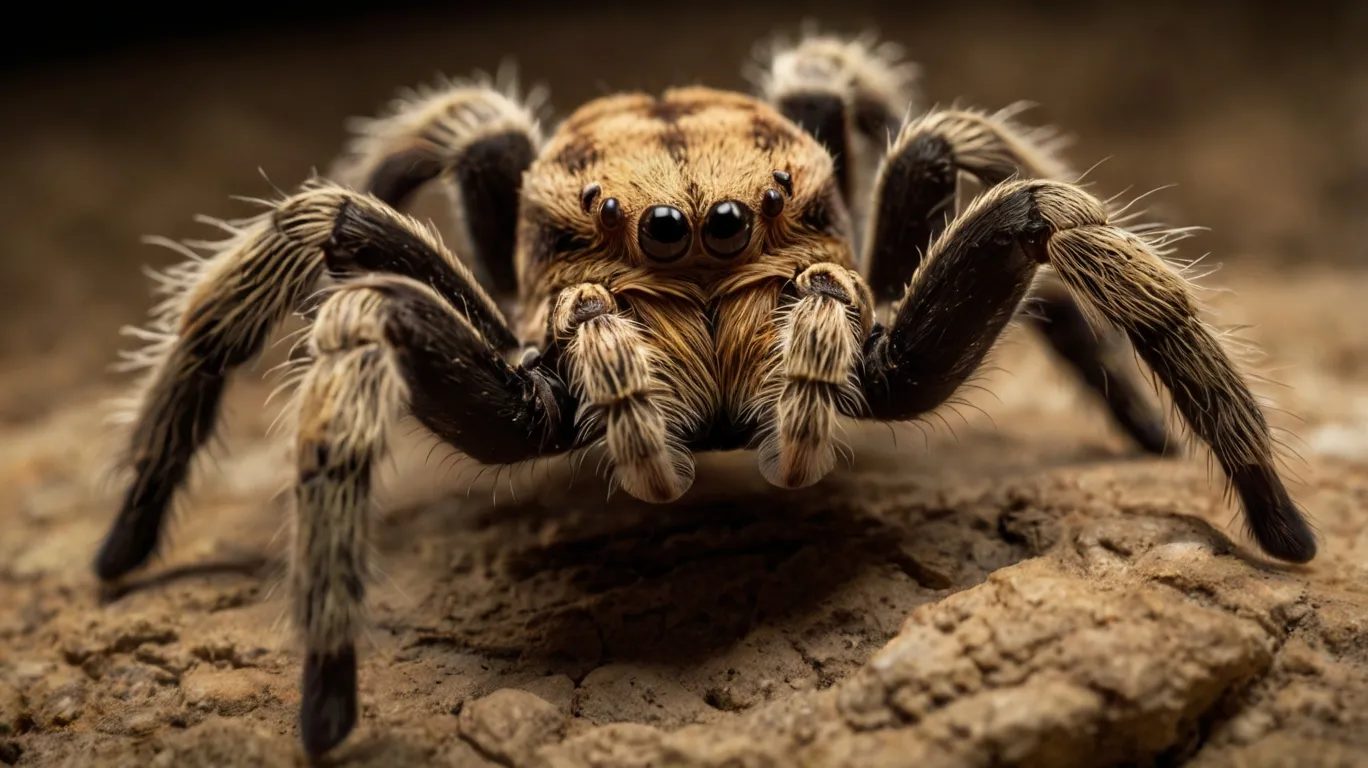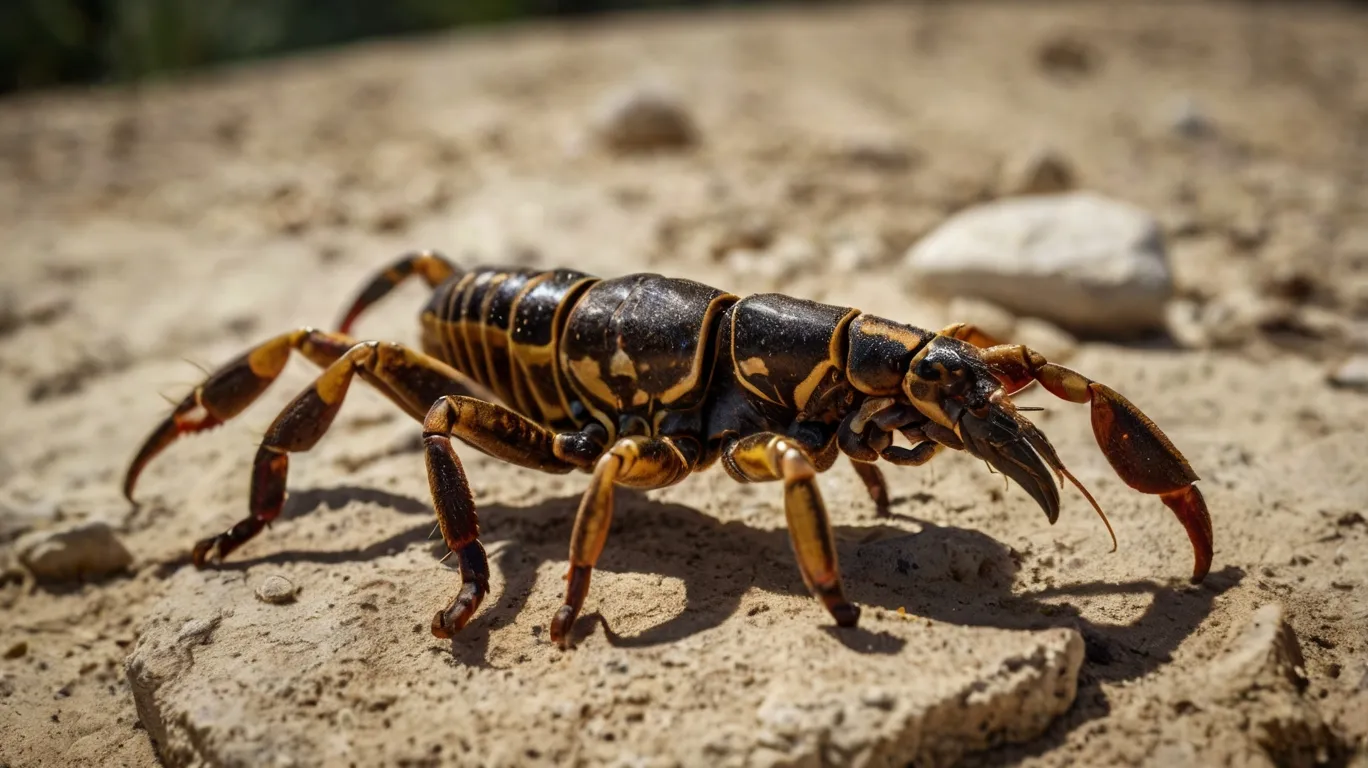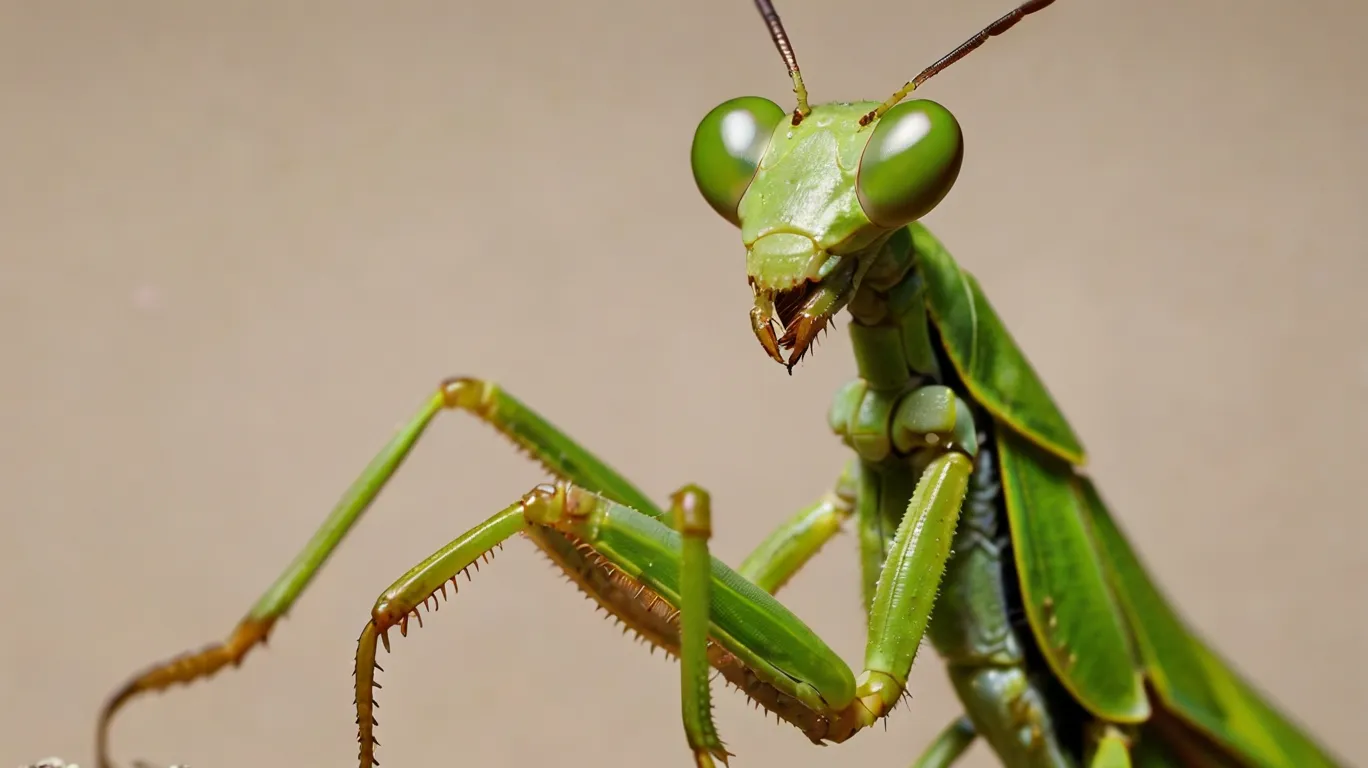Select a Pet for Detailed Training Tips
Click a pet icon above for specific training, handling, and behavior advice for Reptiles, Amphibians, Invertebrates, and Exotic Mammals.
General Concepts in Basic Training for Niche Pets
Training exotic pets often focuses on habituation, desensitization, and positive reinforcement rather than complex commands. The goal is usually to create a positive association with human presence, handling, and necessary husbandry procedures.
Key Principles:
- Habituation: Gradually getting the pet accustomed to your presence and routine activities near their enclosure without reacting fearfully.
- Target Training: Teaching the pet (where applicable, mainly mammals and some reptiles) to touch a target (like a stick or finger) for a reward. Useful for guiding movement without direct handling.
- Stationing: Training the pet to go to a specific spot (e.g., a hide, a platform) on cue, helpful for enclosure cleaning or health checks.
- Positive Reinforcement: Using rewards (favored food items, praise for mammals) immediately after a desired behavior occurs. This is crucial for building trust.
- Consistency & Patience: Training sessions should be short, frequent, and always end on a positive note. Progress varies greatly by species and individual temperament.
Note: Training capabilities differ vastly. You cannot ‘train’ an Isopod like you might a Fennec Fox. Focus is often on cooperation with care.
Select your specific pet from the icons above for tailored basic training approaches (e.g., target training a Gecko, habituating a Tarantula).
Safe Handling Techniques for Niche Pets
Proper handling is vital for the safety and well-being of both the pet and the handler. Techniques vary significantly based on the animal’s species, size, temperament, and natural defenses.
General Guidelines:
- Minimize Stress: Approach calmly and confidently. Avoid sudden movements or loud noises.
- Support the Body: Always provide adequate support for the animal’s entire body, especially for reptiles (like snakes and lizards) and mammals. Never grab by limbs or tails (especially detachable ones like geckos).
- Read Body Language: Learn to recognize signs of stress, fear, or aggression in your specific pet (e.g., hissing, puffing up, retreating, biting posture, color changes in chameleons). Respect their boundaries.
- Short & Positive Sessions: Keep initial handling sessions brief and associate them with positive experiences if possible (e.g., offering a treat after for mammals).
- Know When NOT to Handle: Avoid handling during shedding, illness, immediately after feeding (for some reptiles), or if the animal is clearly stressed or defensive. Some species (like many Tarantulas, Scorpions, Poison Dart Frogs) are best considered display animals with minimal or no handling.
- Hygiene: Always wash hands thoroughly before and after handling any reptile or amphibian due to the risk of Salmonella.
For detailed, species-specific instructions (e.g., how to safely scoop a Hedgehog, support a Snake, or transfer a Tarantula), please select your pet icon above.
Addressing Problem Behaviors in Niche Pets
Problem behaviors like biting, cage aggression, or excessive fear often stem from stress, improper environment, incorrect handling, or territoriality. Modification focuses on understanding the cause and using positive methods.
Common Strategies:
- Identify the Trigger: Determine what causes the unwanted behavior (e.g., reaching into the enclosure, sudden movements, specific time of day).
- Environmental Enrichment: Ensure the enclosure provides adequate space, hiding spots, climbing opportunities, and other species-appropriate stimuli to reduce boredom and stress.
- Desensitization & Counter-Conditioning (DSCC): Gradually expose the pet to the trigger at a very low intensity where they don’t react negatively, pairing it with something positive (like a high-value treat). Slowly increase the intensity over time.
- Avoid Punishment: Physical punishment or yelling is ineffective and harmful, especially for prey animals or those not accustomed to social discipline. It increases fear and aggression.
- Establish Routine: Predictable feeding, cleaning, and interaction schedules can reduce anxiety.
- Rule out Medical Issues: Sudden behavioral changes can sometimes indicate an underlying health problem. Consult an exotic vet.
Specific techniques vary greatly. Select your pet’s icon above for guidance on common behavioral issues for that species (e.g., cage defensiveness in snakes, fear-biting in geckos).
Exploring Advanced Training Concepts
While complex trick training is uncommon for most niche pets, ‘advanced training’ often involves refining basic cooperative care behaviors, complex environmental navigation, or specific cognitive enrichment tasks, primarily applicable to more intelligent mammals or adaptable reptiles.
Potential Areas (Species Dependent):
- Complex Target Sequences: Training a sequence of targets for movement or interaction.
- Recall Training: Reliable recall (coming when called) is achievable for some exotic mammals like Fennec Foxes or Sugar Gliders within a safe environment.
- Voluntary Crate/Carrier Entry: Training for stress-free transport.
- Cooperative Nail Trims/Health Checks: Desensitizing the pet to voluntarily participate in minor husbandry procedures.
- Puzzle Feeders & Cognitive Enrichment: Providing challenging toys or feeding methods that encourage problem-solving (common for Chinchillas, Hedgehogs, Fennec Foxes).
- Species-Specific Tasks: For example, training a Tortoise to navigate a simple maze for food, or a Sugar Glider to glide to a specific target.
Ethical Considerations: Always prioritize the animal’s welfare and natural behaviors. Advanced training should be enriching, not stressful or forced.
Select a specific pet (primarily mammals like Chinchillas or Fennec Foxes) above for ideas on species-appropriate advanced training and enrichment.
Frequently Asked Training & Handling Questions
-
Q: Can reptiles and amphibians actually be trained?
A: Yes, but not in the same way as dogs. Training typically focuses on habituation, target training for movement, and desensitization to handling and care procedures using positive reinforcement. Complex tricks are generally not feasible or appropriate.
-
Q: How often should I handle my exotic pet?
A: This depends entirely on the species and individual. Some pets (like Chinchillas or Fennec Foxes) may enjoy daily interaction once tamed. Many reptiles tolerate handling a few times a week. Some species (Tarantulas, Scorpions, Poison Dart Frogs, Mantids) are best left unhandled or handled extremely rarely and carefully. Over-handling can be very stressful.
-
Q: My pet tries to bite me when I reach into the tank. What should I do?
A: This is often cage aggression or fear. Identify triggers, ensure the environment isn’t causing stress, and use desensitization/counter-conditioning. Approach slowly, possibly use target training to move them, or use a tool like a snake hook initially. Avoid startling the animal. Never punish biting.
-
Q: How do I tame a scared or shy exotic pet?
A: Patience is key. Start with habituation (just being present). Move slowly. Offer food rewards without forcing interaction. Keep sessions short. Gradually introduce gentle handling if appropriate for the species, always watching for stress signals and backing off if needed.
-
Q: Are invertebrates like Tarantulas or Mantids trainable at all?
A: Not in the traditional sense. You cannot ‘train’ them with commands. You can, however, habituate them to your presence and learn safe handling/transfer techniques (for tarantulas, this is often done with catch cups or gentle coaxing onto a hand, not forced holding). Their behavior is primarily instinct-driven.
For more detailed answers specific to your pet, please select its icon above.

